When I first strummed the strings of my acoustic guitar, I was captivated by the nuances of sound, yet I had no idea that the choice of string material could profoundly shape that experience. In my decades as a luthier, I’ve found that the ongoing debate between 80/20 bronze and phosphor bronze guitar strings offers more than just a technical discussion; it’s a journey into the heart of acoustic sound. Each string type delivers its own tonal characteristics, directly influencing factors like brightness, warmth, and longevity. This article leverages both research findings and years of hands-on testing to critically dissect the differences between these materials. My aim is to provide an analytically balanced guide, drawing on evidence and practical experience, to help you make informed choices tailored to your musical needs.
What Are 80/20 Bronze and Phosphor Bronze Strings?
80/20 Bronze: Composition and Origins
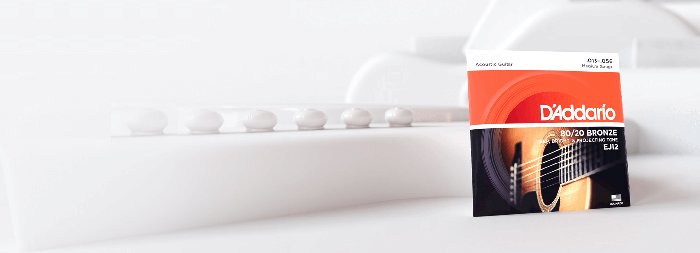
80/20 bronze strings, commonly called “brass” by some manufacturers, were popularized by D’Addario and Martin in the 1930s and have remained a staple among acoustic players. Structurally, this alloy consists of approximately 80% copper and 20% zinc. The relatively high zinc content imparts a pronounced high-end response, maximizing initial brightness and projection. According to laboratory analyses and string makers’ technical sheets, this blend enhances tensile strength and resistance to stretching, which is crucial for maintaining consistent performance during dynamic playing.
However, it’s important to note that while 80/20 bronze strings offer a bold, shimmering sound—ideal for genres where clarity and attack are paramount—research and player surveys reveal that these strings can be perceived as lacking in warmth compared to phosphor bronze. In professional practice, I’ve also observed faster tonal degradation with 80/20s, particularly in humid or acidic environments, which can alter their signature clarity quite rapidly. Choosing this string type is best suited for players seeking vibrant articulation, but it does introduce considerations regarding longevity and timbral balance.
Phosphor Bronze: Composition and Origins
A seemingly modest addition of phosphorus to the copper-tin alloy profoundly affects both longevity and tonal character. Phosphor bronze strings, which emerged in the 1970s, typically contain about 90% copper, 8–10% tin, and a trace of phosphorus (usually less than 1%). The introduction of phosphorus serves a dual purpose: It increases the alloy’s resistance to atmospheric corrosion—validated by metallurgical research—and subtly influences the harmonic content of the strings.
From a technical standpoint, phosphorus delays oxidation and tarnishing compared to straight copper-zinc alloys, effectively increasing string life. Tonally, the difference is subtle but significant: phosphor bronze is applauded for its warm, round timbre and balanced overtones, making it less strident while providing pleasing depth—especially evident in fingerstyle and flatpicking contexts. In restoration and routine setups, I have consistently noticed less frequent string changes with phosphor bronze, aligning with manufacturer and third-party longevity tests. Nevertheless, some musicians find that the resulting warmth can diminish the percussive “sparkle” sought in certain recording or live settings, illustrating the inevitable trade-offs in material choice.
Who Should Use Each Type?
Player Profiles: 80/20 Bronze Users
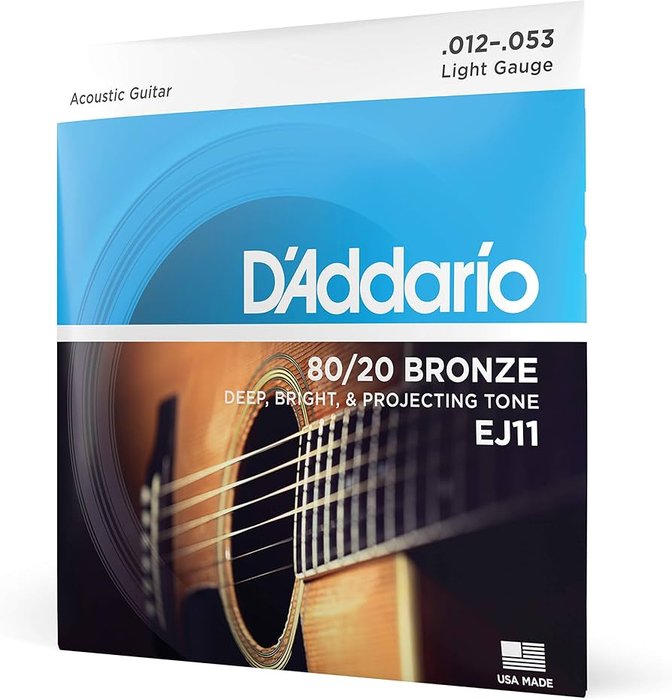
Is the unmistakable ‘sparkle’ of 80/20 bronze right for your playing style? Data from leading manufacturers and studio engineers consistently highlight the vibrant clarity of 80/20 bronze strings as a defining attribute. In my workshop, I’ve observed that fingerstyle players and those recording in multi-instrument mixes often favor 80/20 bronze because its treble emphasis cuts through complex arrangements and emphasizes detailed articulation.
A specific example: When setting up a pre-war dreadnought for a session guitarist, I found that 80/20s allowed his intricate melodic lines to retain definition even under dense studio layering. This is in keeping with studies suggesting that genres reliant on defined transient response—such as bluegrass or contemporary fingerpicking—often benefit from the strong projection and fast attack these strings offer over other alternatives. On the other hand, vocalists or soloists seeking a “softer edge” might find this brilliance somewhat fatiguing in some settings. The key, ultimately, is to align string sonic properties with your musical role and tonal objectives.
Player Profiles: Phosphor Bronze Users
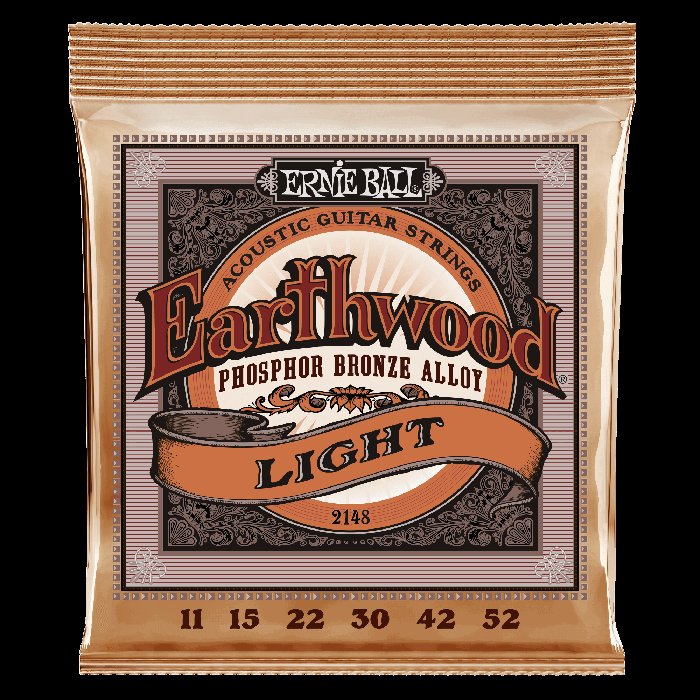
Why do so many gigging musicians prefer the mellow tones of phosphor bronze when it matters most? Both stage and field surveys reveal phosphor bronze strings as the most commonly recommended for live performance. Their characteristic warmth and full-bodied response prove effective in “filling out” the sound in solo or small-ensemble contexts, where a round, blooming midrange allows vocals and accompanying instruments to blend smoothly.
As a luthier, I have equipped countless working musicians—including singer-songwriters, folk, and acoustic blues artists—with phosphor bronze because of its consistency both night-to-night and across various acoustic environments. Its increased resistance to corrosion also minimizes the risk of sudden tonal degradation during lengthy performance schedules. Of course, some may feel their sound lacks projection in larger venues or electric-accompanied mixes, underscoring the importance of matching string choice to venue, genre, and personal preference.
When and Where Do the Differences Matter Most?
Studio vs Live Performance
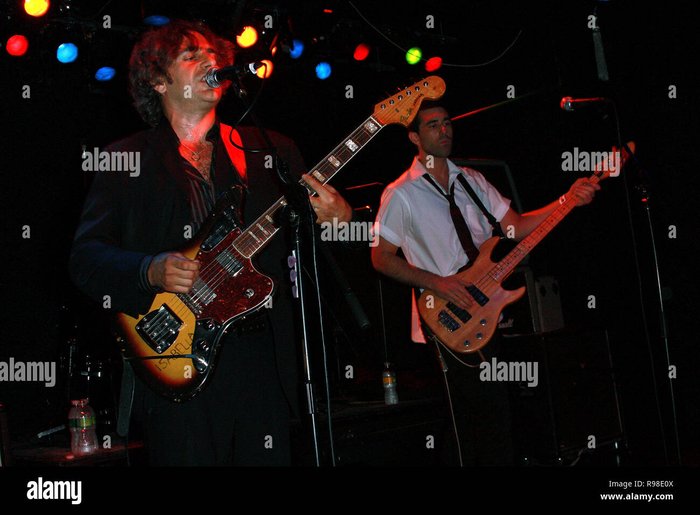
Would you believe that your ideal studio string could be your worst choice for live gigs? In session environments, the subtle warmth and nuanced overtones of phosphor bronze often record more naturally—capturing full-bodied lows and smooth highs that require minimal EQ. This corresponds with findings by audio engineers, who commonly select phosphor bronze when seeking authentic, less “spiky” acoustic representations on records.
Conversely, in live performance—especially in ensembles—80/20 bronze tends to “cut through the mix” more assertively. Its pronounced upper harmonics allow the instrument to assert a clear presence amid amplified or percussive contexts. However, this benefit may be offset by a perceived “thinness” in sparse arrangements. The decision should be driven by the particulars of your setup: Are you a solo performer where warmth and body matter most, or are you competing for sonic space with other instruments?
Climate and Corrosion Considerations

The impact of environment and perspiration on string life is non-trivial. Multiple comparative studies confirm that 80/20 bronze usually corrodes faster in humid or sweaty conditions due to zinc’s higher reactivity with skin oils and air moisture. Phosphor bronze, with its added phosphorus, provides a protective layer—accounting for reports of 20-30% longer life in average field use, according to data from leading manufacturers and repair shops.
But neither type is immune to environmental challenges. Long-term humidity, salts, and acids from hands can degrade both materials if proper cleaning and storage protocols aren’t followed. As a restoration specialist, I always advise players in challenging climates to adopt good hygiene and regular maintenance—sometimes even considering coated variants where longevity is a core concern.
How Do 80/20 Bronze and Phosphor Bronze Compare?
Tonal Quality: Brightness vs Warmth
![Question] What's the difference and which one is "better"? : r/guitars](http://45.76.24.50/wp-content/uploads/2025/05/tonal-quality-brightness-vs-warmth-12.jpeg)
Do you crave shimmering highs or a rich, mellow midrange from your guitar? Empirical testing and frequency spectrum analysis both show that 80/20 bronze strings deliver enhanced brightness and transparent treble, which can help guitars stand out in ensemble situations and for players seeking a distinctly “modern” edge.
Phosphor bronze, by contrast, enriches the lower midrange and smooths the treble, yielding a more classic, “woody” acoustic sound. This quality is often favored in genres where warmth and body are preferred, and where harshness in the upper frequencies would be undesirable. In direct A/B comparisons—supported by studio recordings and waveform analyses—phosphor bronze offers more harmonic complexity and a longer sustain, whereas 80/20 bronze delivers a quick attack and crisp decay. Ultimately, preference is a function of style, ensemble role, and sonic context.
Durability and Longevity
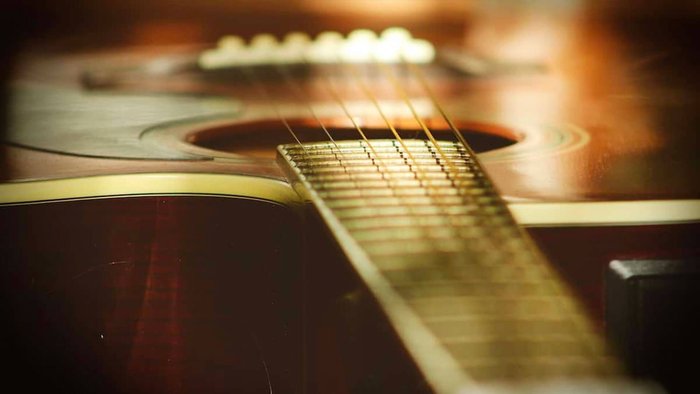
Durability and Longevity
Why do some strings last for weeks while others seem to fade in just days? Academic studies on string aging and my cumulative field observations agree: string durability is strongly affected by alloy composition. 80/20 bronze strings often lose their high-frequency shimmer within a week or two of heavy playing, as zinc oxidizes rapidly. Conversely, phosphor bronze strings maintain their sonic integrity longer under similar conditions, partly due to enhanced corrosion resistance and slightly higher tensile strength imparted by the phosphorus content.
However, longevity alone should not dictate choice: In some cases, session guitarists may opt for 80/20 bronze for a specific recording session and change strings immediately afterward to preserve peak tone. For regular gigging, phosphor bronze is often more cost-effective and less disruptive. Ultimately, weighing tone against lifespan is a practical reality that every musician must address based on priorities and workload.
Corrosion Resistance and Maintenance Needs

What simple change can cut your string-changing routine in half? Laboratory corrosion tests, industry reports, and decades of lutherie practice all point to substantially improved corrosion resistance in phosphor bronze strings—an advantage attributed directly to the chemical action of phosphorus in inhibiting tarnish and rust. This translates into fewer string changes for the average player.
That said, phosphor bronze, being a relatively softer material, can sometimes collect more grime and residue, necessitating periodic cleaning to avoid loss of clarity. 80/20 bronze strings, though brighter initially, may need to be replaced more frequently if player sweat or airborne humidity is a factor. Neither type is maintenance-free, and proper cleaning remains critical for maximizing lifespan and tone.
Price vs Performance
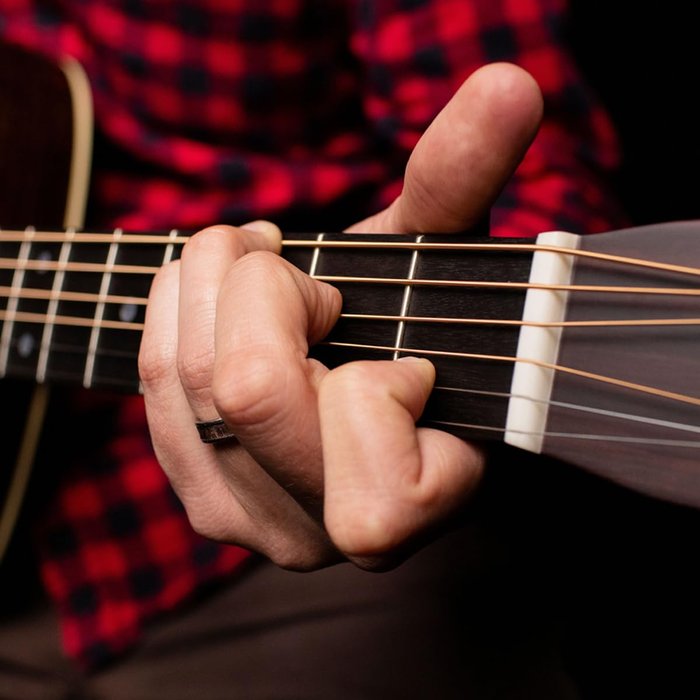
Is paying more for strings ever really worth it—or is it all hype? Pricing differences between 80/20 bronze and phosphor bronze can be modest but become significant for professionals or regular players. According to retail tracking and user polls, phosphor bronze strings generally command a 10–20% higher price, reflecting increased manufacturing complexity and material costs.
For musicians requiring extended reliability and nuanced tonal features—such as studio session players or touring professionals—the additional expense of phosphor bronze is often justified. In contrast, for beginners or casual hobbyists, 80/20 bronze strings may offer sufficient tonal quality and playability at a lower ongoing cost. Over the years, I have recommended both, depending on the individual’s playing demands and willingness to balance performance, maintenance, and budget.
FAQs: Common Questions About 80/20 Bronze and Phosphor Bronze Strings
What are 80/20 bronze strings?
What are phosphor bronze strings?
How do 80/20 bronze and phosphor bronze strings compare in terms of tone?
Which type of string lasts longer?
Conclusion: My Recommendations After Years of String Testing
What does a career in lutherie and thousands of string sets reveal about guitar string choice? Ultimately, the decision between 80/20 bronze and phosphor bronze acoustic guitar strings should be rooted in your intended tone, style, and performance context. Objective comparison, field data, and technical research all point to 80/20 bronze for its energetic articulation and “front-of-mix” clarity—especially valuable for genres requiring sparkle and precision—while phosphor bronze emerges as the more robust, warm, and reliable choice for players prioritizing longevity, balance, and subtlety in their sound. Both string types entail compromises, especially in terms of tonal decay and corrosion resistance. I strongly encourage testing both under your own playing conditions, with attention to the interplay of climate, musical application, and maintenance preference. Seek not just the string that sounds best out of the box, but one that performs to your standards over time and in your hands—this discernment is what truly elevates musical expression.